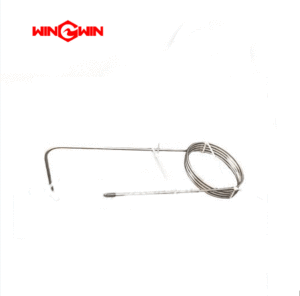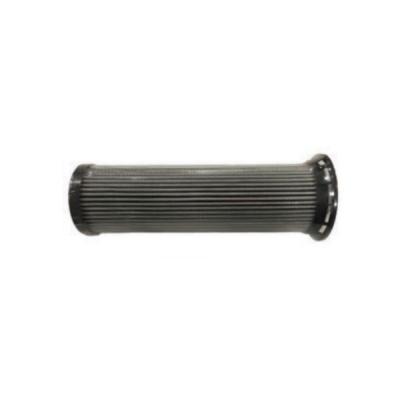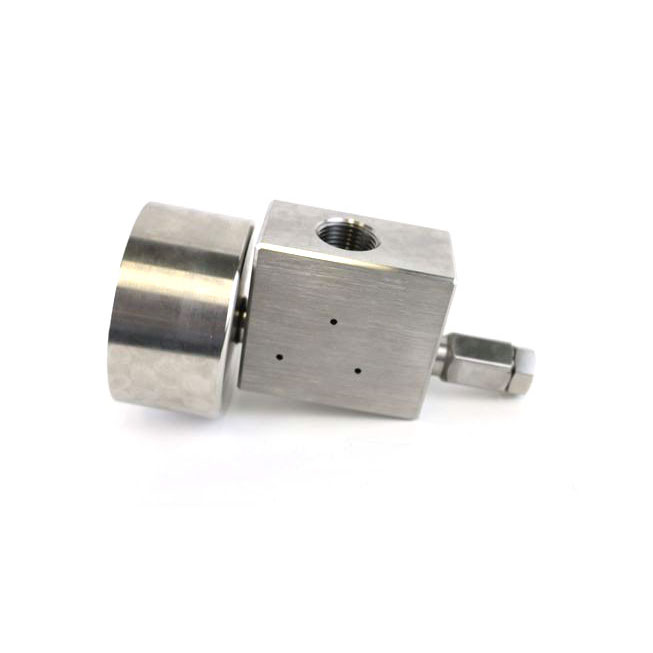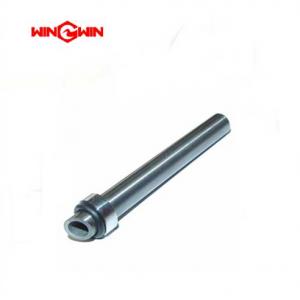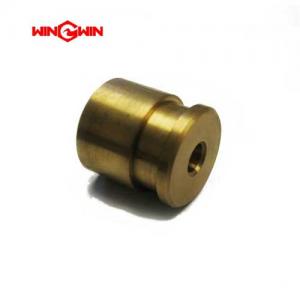REPLACEMENT Robotic Waterjet parts Coil 302374
Robotic Waterjet parts Coil 302374 Description
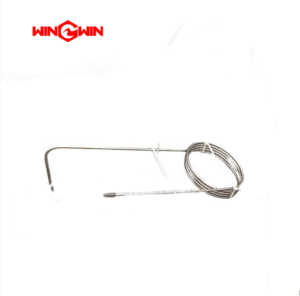
Item number:302374
Details: Robotic Waterjet parts Coil 302374 used on ABB IRB4400 Axis 3 robot waterjet cutting system
How a robotic waterjet workstation works
A robotic waterjet workstation, often referred to as a robotic waterjet cutting system, combines the capabilities of a robotic arm with a high-pressure waterjet cutting tool. These workstations are used for a wide range of cutting and machining applications. Here's how a typical robotic waterjet workstation works:
Robotic Arm:The heart of the workstation is a robotic arm. This arm can vary in size and number of axes, with more axes allowing for greater flexibility and precision. It's typically controlled by computer software, such as Computer-Aided Design (CAD) and Computer-Aided Manufacturing (CAM) programs.
Programming:Before cutting can begin, the desired cutting path and pattern need to be programmed into the workstation's control system. This is done using CAD/CAM software, which generates the toolpath for the robotic arm to follow.
Material Fixturing:The material to be cut is securely fixtured in place. Fixturing ensures that the material remains stable during cutting and that the robotic arm can move accurately.
Waterjet Cutting Tool:The robotic arm holds a cutting tool known as a high-pressure waterjet nozzle. This nozzle is connected to a high-pressure pump that pressurizes water, often mixed with abrasive particles, to extreme levels. The pressurized water is then expelled through the nozzle at very high velocity.
Cutting Process:The robotic arm moves the waterjet nozzle along the programmed path, directing the high-pressure waterjet at the material's surface. The abrasive waterjet cuts through the material by eroding it with the high-speed abrasive particles in the water. The process is often referred to as "abrasive waterjet cutting."
Cooling and Abrasive Removal:During cutting, the waterjet serves a cooling function, reducing the risk of heat-related issues. Additionally, an abrasive removal system is used to collect the abrasive material and water that falls through the cut, separating the abrasive for recycling and disposing of the waste material.
Quality Control:Some robotic waterjet workstations are equipped with sensors or cameras for real-time quality control. They can monitor the cutting process and make adjustments if necessary to ensure precise cuts and minimal defects.
Safety Measures:Safety measures are critical in robotic waterjet workstations. These machines often have safety interlocks, barriers, and emergency stop systems to protect operators and prevent accidents.
Cleaning and Maintenance:Regular cleaning and maintenance are required to keep the workstation in optimal condition. This includes checking and replacing components, such as nozzles and seals, and ensuring that the robotic arm operates smoothly.
Finished Parts:Once the cutting process is complete, the finished parts are removed from the workstation for further processing or use in various applications.
Robotic waterjet workstations offer the advantage of high precision and versatility. They can cut a wide range of materials, including metals, composites, glass, stone, and more. Additionally, they are used in industries like manufacturing, aerospace, automotive, architecture, and beyond for various cutting and shaping tasks.
If you are looking for robot waterjet cutting system suppliers or Robotic Water jet Coils suppliers, as well as waterjet technical support needs related to water cutting, please feel free to contact us, we can provide free online support for you.
 wwaterjet
wwaterjet 